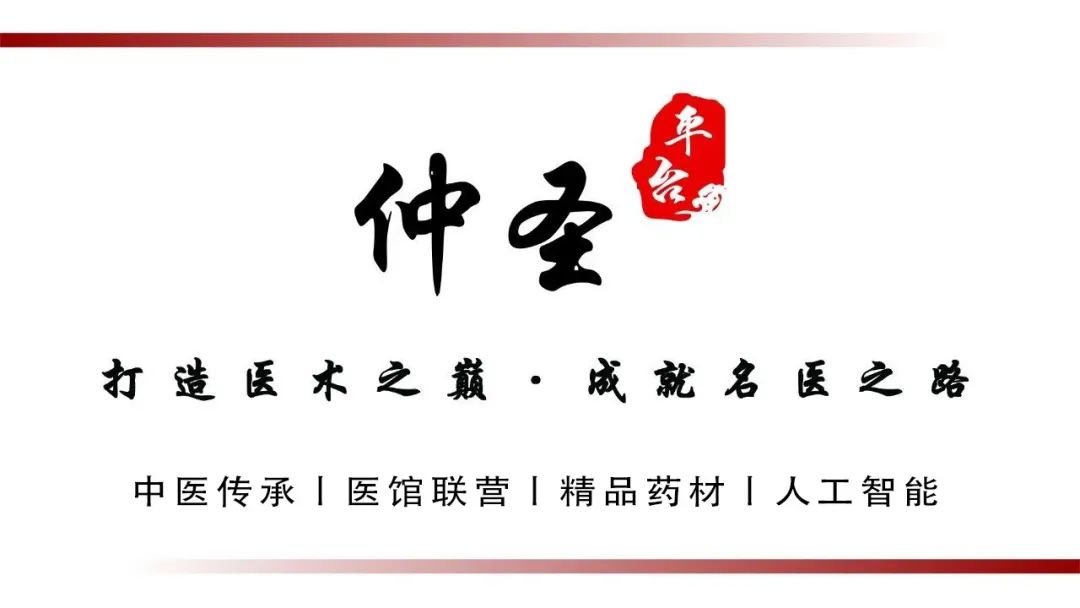


It is common to see Traditional Chinese Medicine (TCM) practitioners examining children by asking to see their small hands. Are they reading palmistry? Today, we will explore what TCM practitioners actually observe from the palms of children.
1. Three Positions of the Index Finger Vessels
In fact, TCM does not examine the palm for palmistry but rather looks at the children’s fingerprints. Children’s fingerprints refer to the superficial vessels located at the front edge of the index fingers of children under three years old.
TCM practitioners diagnose conditions by observing the changes in the shape and color of children’s fingerprints.
The concept of examining children’s fingerprints originated from the “Diagnosis of the Fish Border Vessels” in the “Lingshu (Spiritual Pivot) – Meridians” and has been developed by later pediatric experts such as Qian Yi and Chen Fuzheng. It is now widely used in pediatric clinical practice and is significant for diagnosing children’s diseases. Additionally, it can be corroborated by palpating the child’s pulse to confirm the diagnosis.
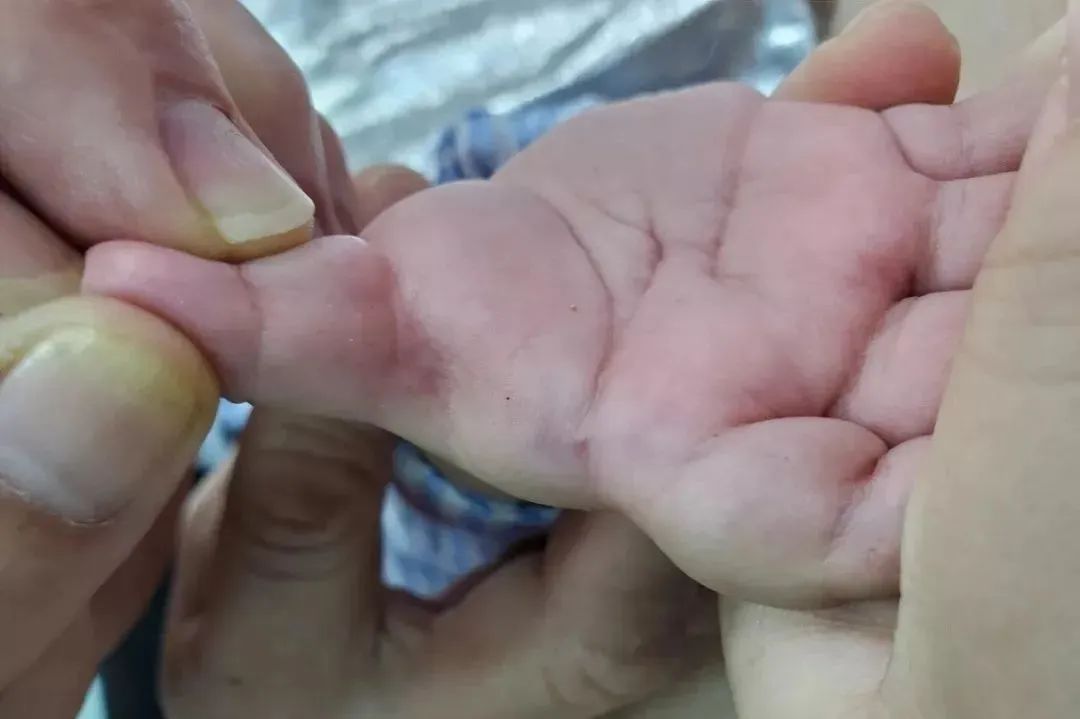
In TCM, diagnosing diseases emphasizes the four diagnostic methods: observation, listening, inquiry, and palpation. The children’s fingerprints and the pulse at the cun (寸) position of the Taiyin Lung Meridian (手太阴肺经) can reflect changes in the cun pulse to some extent.However, due to the short pulse position in children under three years old, it is usually only possible to “identify one and determine three positions.” Additionally, children often cry when they see a doctor in a white coat, which can affect the pulse reading, leading to distortion. Since children’s skin is relatively thin and tender, it is easier to observe, so the method of examining children’s fingerprints is often used to assist pulse diagnosis.Fingerprints are the vessels that are exposed at the front edge of the index fingers of children.The method of diagnosing diseases by observing the changes in children’s fingerprints is called “fingerprint diagnosis” and is only applicable to children under three years old. Fingerprints are a branch of the Taiyin Lung Meridian, thus having similar significance to diagnosing the cun pulse.Fingerprints are divided into three positions: “Wind” (风), “Qi” (气), and “Life” (命). The first segment near the palm of the index finger is the “Wind Position,” the second segment is the “Qi Position,” and the third segment is the “Life Position.”
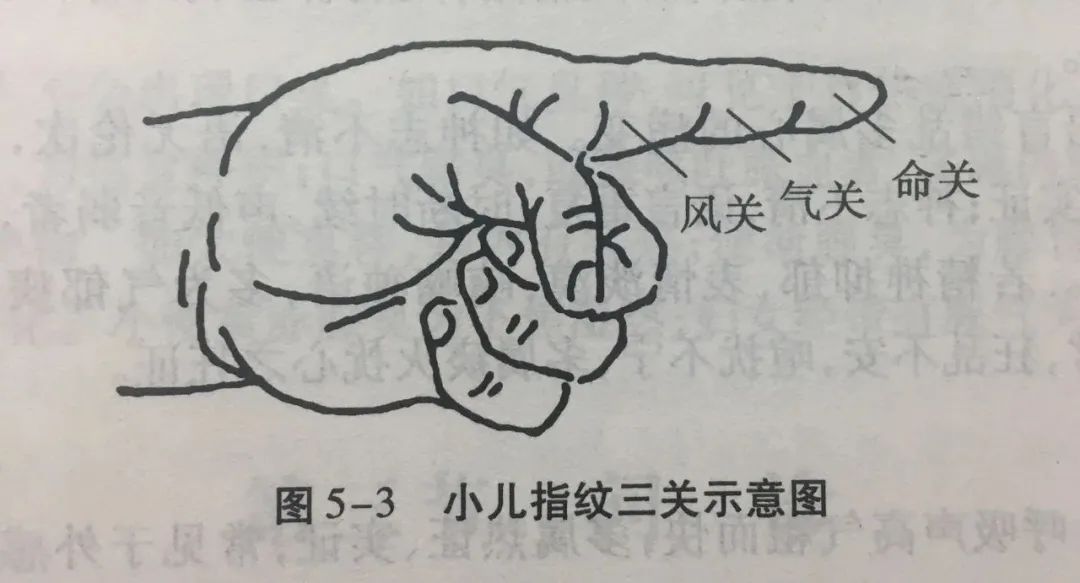
2. Observing the Index Finger Vessels
When examining the index finger vessels of children, parents should hold the child facing a light source. The doctor should first gently grasp the tip of the child’s index finger with their left thumb and index finger to locate the vessels. Then, using the side of the right thumb, they should push from the Life Position towards the Qi Position and Wind Position several times, moving from the distal end towards the proximal end, or from the fingertip to the base of the finger.
The pressure applied during the thumb push should be moderate—not too hard or too soft. A little water can also be applied to make the vessels clearer for observation.
3. Normal Children’s Index Finger Vessels
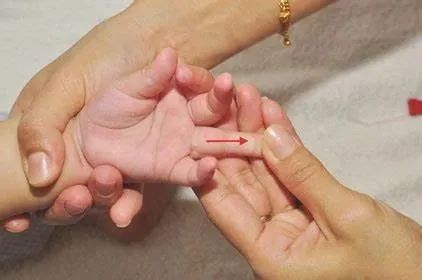
Normal children’s fingerprints appear light red, slightly darker, or with a hint of purple, subtly visible near the transverse lines of the palm and fingers, which are single and of moderate thickness. Additionally, children’s index finger vessels are influenced by various factors.
The younger the child, the more pronounced the fingerprints. At the same time, the thickness of the vessels is related to the weather. In hot weather, the vessels become thicker and longer, while in cold weather, they shorten and thin. The appearance of the vessels is also related to the child’s body weight; overweight children have deeper and less visible vessels, while underweight children have shallower and more pronounced vessels.
The visibility of the vessels is also affected by the thickness of the child’s skin; thinner skin makes the vessels more visible, while thicker skin makes them less distinct.
4. Pathological Children’s Index Finger Vessels
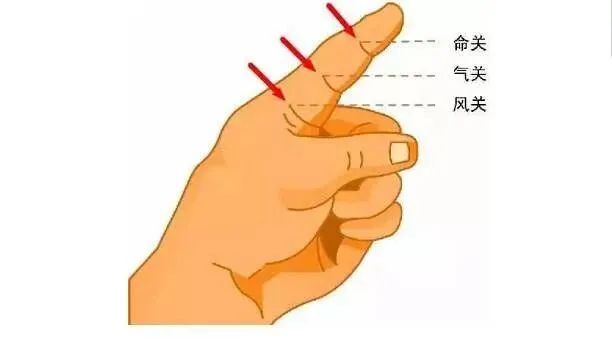
When examining pathological index finger vessels in children, observations are generally made regarding length, floating or sinking, color, and shape.
1. Changes in Vessel PositionThe three positions measure severity: the vessel position refers to where the fingerprint appears.Based on the position of the fingerprint in the three positions of the finger, the depth of the pathogenic qi and the severity of the condition can be assessed. If the fingerprint is visible near the Wind Position, it indicates a shallow pathogen and a mild condition;if the fingerprint extends from the Wind Position to the Qi Position, it indicates that the pathogen has penetrated deeper, and the condition is more severe;if the fingerprint extends from the Qi Position to the Life Position, it indicates a deep-seated pathogen;if the fingerprint penetrates through the Wind, Qi, and Life Positions to the tip of the nail, it is known as “penetrating the positions and shooting the nail,” indicating a critical condition.2. Changes in Vessel ColorRed and purple indicate cold and heat: the changes in vessel color mainly include red, purple, blue, black, and white-purple variations.Bright red often indicates an exterior wind-cold condition. Purple-red often indicates a heat condition. Blue indicates a wind condition or pain condition; blue-purple or purple-black indicates blood stasis; pale white often indicates spleen deficiency.3. Changes in Vessel ShapeFloating and sinking differentiate between exterior and interior, light and heavy determine deficiency and excess: vessel shape refers to the changes in the depth, thinness, and thickness of the fingerprint.If the fingerprint is floating and prominent, it indicates an exterior condition; if it is hidden and not prominent, it indicates an interior condition. Thin and light fingerprints often indicate deficiency; thick and dark fingerprints often indicate excess.4. Changes in Shape
Chen Fuzheng in “Yao Yao Ji Cheng” mentioned:
If the fingerprint curves towards the middle finger, it suggests an exterior wind-cold condition;
If the fingerprint curves towards the thumb, it suggests internal injury from food;
If the fingerprint appears wavy like water, it suggests lung and spleen deficiency, with weak spleen qi.
In summary, the key points of observing children’s fingerprints are:Floating and sinking differentiate between exterior and interior; red and purple distinguish between cold and heat;light and heavy determine deficiency and excess; the three positions measure severity;vessel shape and color should be carefully observed.
5. What is the use of observing fingerprints?
Children’s fingerprints are an important component of TCM pediatric diagnosis. When TCM practitioners treat children under three years old, children’s fingerprints serve as an important basis for diagnosing conditions.
Observing children’s fingerprints is simple and the indicators are clear, allowing parents to gain a general understanding of their child’s physical condition based on the observations.
Since children’s fingerprints can be influenced by various factors, TCM diagnosis does not rely solely on fingerprints but should also consider the results of the four diagnostic methods (observation, listening, inquiry, and palpation) to arrive at an accurate diagnosis. Therefore, if a child is unwell, it is best to consult a qualified TCM practitioner rather than making hasty judgments.
Please share this article to let more people see it. Promoting TCM cultureSpreading TCM knowledgeLet us practice together
Promoting TCM cultureSpreading TCM knowledgeLet us practice together




Copyright Statement:Copyright belongs to the relevant rights holder,This article is sourced from the internet, for learning and reference only. This public account is used for academic exchange only,if it infringes your rights, please notify us to delete it in a timely manner.Respect knowledge and labor, please retain copyright information when reprinting.
Previous Highlights
Old TCM doctor Chen Yong tells you: Why do we get diabetes, and how to prevent it?
The magical pulse diagnosis reveals the mysteries contained in the “Shang Han Lun” and “Jin Gui Yao Lue”.
One herb applied to the soles of the feet can expel excessive liver, lung, and stomach fire!

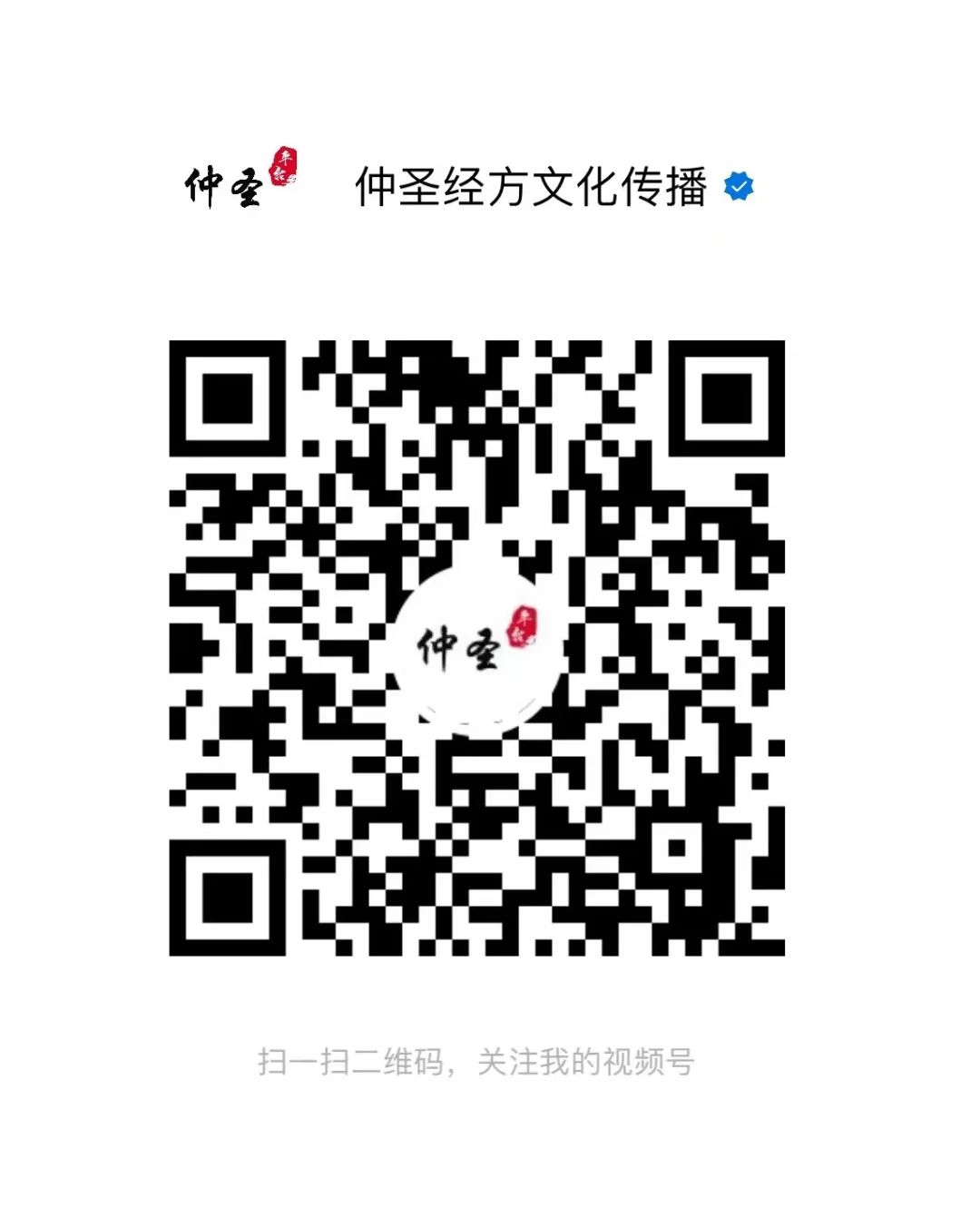
Official Douyin account of Tutor Tu Huaxin
Official video account of Zhongsheng Jingfang Cultural Communication
Tutor Tu Huaxin’s video and Douyin accounts are now open, please pay attention~~
Your comments and likes are the greatest recognition for Teacher Tu and the biggest promotion for the development of TCM.
Friends of Zhongsheng, when gathered, are a fire; when scattered, they are stars in the sky.




